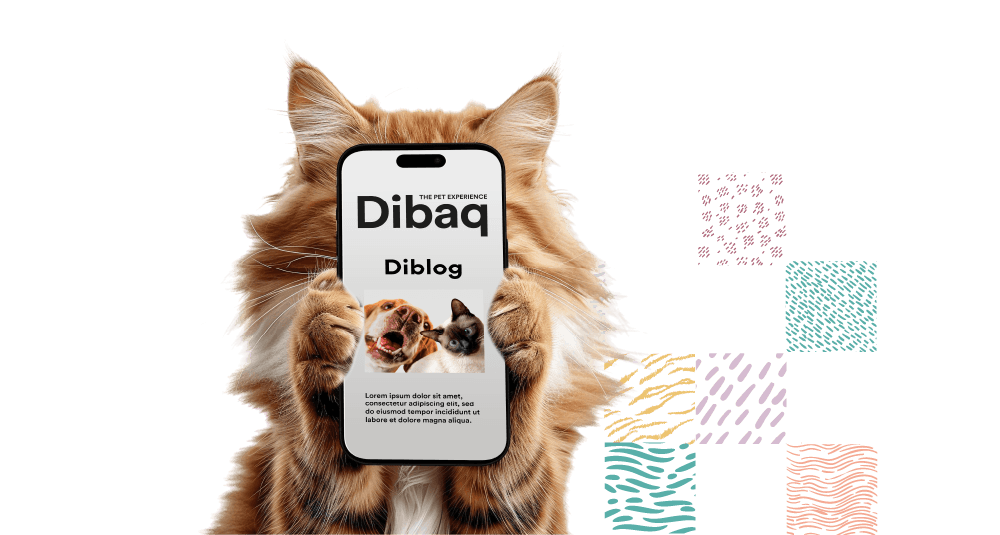Leishmania, how to prevent it
Although outings with our pets have been reduced in terms of time, this will change little by little. And, without realizing it, the arrival of heat can bring other dangers such as leishmaniasis, also known as leishmaniasis. It is a dangerous parasitic disease that dogs can contract due to the bite of the sandfly mosquito. This insect “carries” the microscopic parasite, called Leishmania infantum, and transmits it from one dog to another when it bites, potentially affecting its skin, mucous membranes and vital internal organs.
If you live with a furry companion at home, you must be alert and take certain precautionary measures against this pathology, which can be fatal in these animals if it is not treated in the early phase of contagion; It can be irreversible if it is detected late and the damage affects irreparable internal organs. For this reason, since 2006, the national day for the prevention of canine leishmaniasis is celebrated every June 1. There is very little left until the date, so don't worry, we give you some key tips to avoid contagion or, if your dog falls ill, detect the condition in its first manifestations.
How and where leishmaniasis is contracted
The sand fly, carrier of the infectious parasite, is an insect similar, at first glance, to the common mosquito, whose presence is most abundant in the warm months, from May to October. It has a strong presence in Latin American countries and throughout the Mediterranean territory, which is why it reaches Spain, where it especially affects regions such as Catalonia, Madrid, the Balearic Islands, Andalusia, Extremadura and part of Castilla-La Mancha and Castilla y León.
This disease, which can also affect humans and other mammals, is not spread by being in direct contact with an infected dog, but rather the person would have to be bitten by the carrying mosquito to become infected. So, don't worry, living with a dog sick with leishmaniasis will not be a problem for you or for the health of those around you.
Most common symptoms in dogs
The variety of symptoms that your dog could show if it were infected with leishmaniasis is countless, but among the most frequent signs are:
Skin lesions.
Renal problems.
Eye injuries.
Joint injuries.
Exaggerated nail growth.
Not all infected dogs will develop the disease nor will all those that develop it have the same lesions. But during the warmer months of the year you can be alert to detect possible contagion, taking into account the most common symptoms such as wounds and sores on the skin or other skin lesions that can characteristically affect the area around the eyes. or to the ear pavilions; digestive problems leading to weight loss and lack of appetite; kidney problems and inability to effectively eliminate the antibodies generated - this can cause, for example, nosebleeds; and inflammation of vital organs such as the liver or kidneys. Try to maintain your pet's immunity by giving him the best dog food that helps him increase his defenses naturally.
Diagnosis and treatment of the disease
Unfortunately, if your dog is affected by leishmaniasis, the disease will remain in his body for the rest of his life. But, once your furry companion has responded positively to the treatment, he will be able to lead a normal life, always taking special care against the risk of possible relapses or the appearance of other diseases that can weaken him. Maintaining a healthy and natural diet for your dog, giving it will be a good weapon to take care of its health and immune system and you can do it by choosing the best dog food among the variety of dog food brands from Dibaq Petcare, which pamper nutrition. of your pet.
If you suspect the presence of leishmaniasis, the veterinarian will perform blood tests to find out if you have had contact with the parasite. In the case of testing positive, the blood sample must be sent to a laboratory to determine if the disease has affected any vital organs. Depending on the condition of the animal, a bone marrow sample may also be requested.
Prevention and care
Prevention will be the key tool to avoid any contact of your pet with this dangerous disease and even more so if your dog is already infected, as it will be necessary to continue protecting the animal to prevent it from spreading again. We give you some tips and care for your furry ones:
Protect your dog from sandfly bites by using collars, pipettes or sprays with repellent substances for these insects.
Avoid nighttime walks outdoors, when the activity of sandfly mosquitoes is greater, as they wake up especially at dusk, when the sun goes down.
Use mosquito nets to protect your dog while it rests, even if it is inside the house, since insects can enter through open windows and doors.
Use vaccines against leishmaniasis. In the case of dogs, there is a preventive injection that protects your furry friend for a year, significantly reducing the possibility of suffering from the disease.
Have an annual veterinary check-up. The veterinarian is the one who can diagnose leishmaniasis in time. Therefore, it is advisable to repeat the dog's medical examination, especially after the summer months, to confirm that your dog is safe. In addition, he or she will advise you about other existing prevention strategies to see which one best suits your case.
And, of course, do not forget the importance of making a quick diagnosis at the slightest suspicion of the existence of this serious disease. The sooner it is detected, the better the response to your dog friend's treatment will be. And it's all for your health!
Share this content















